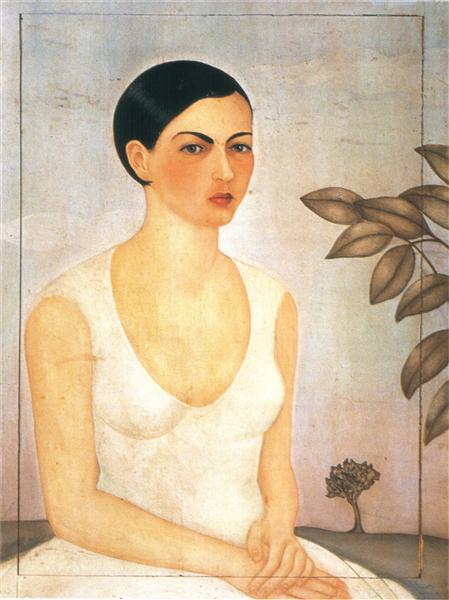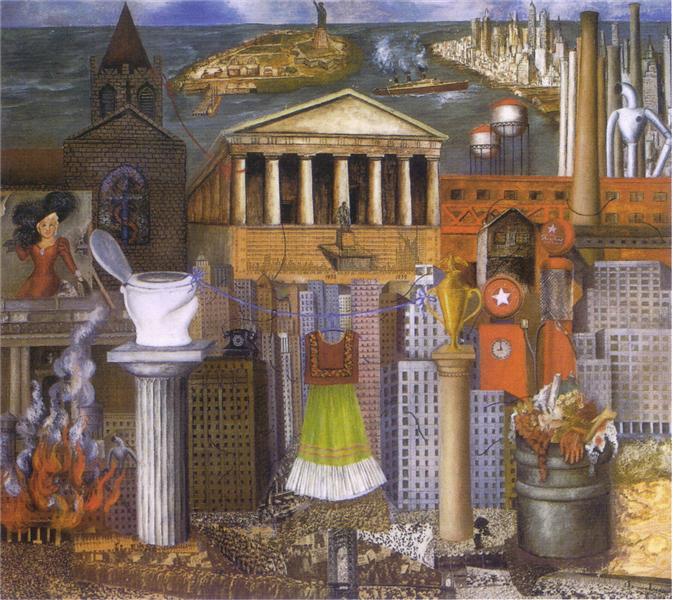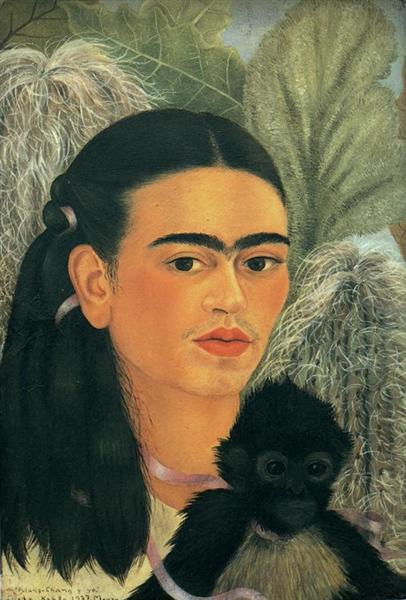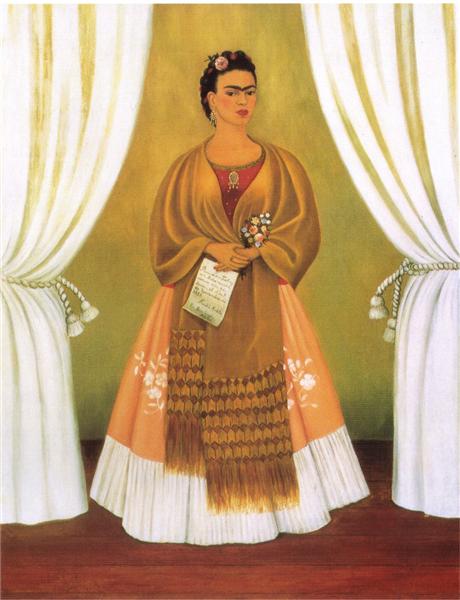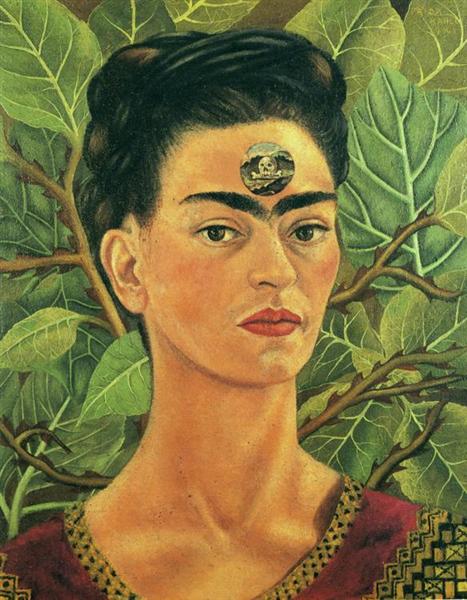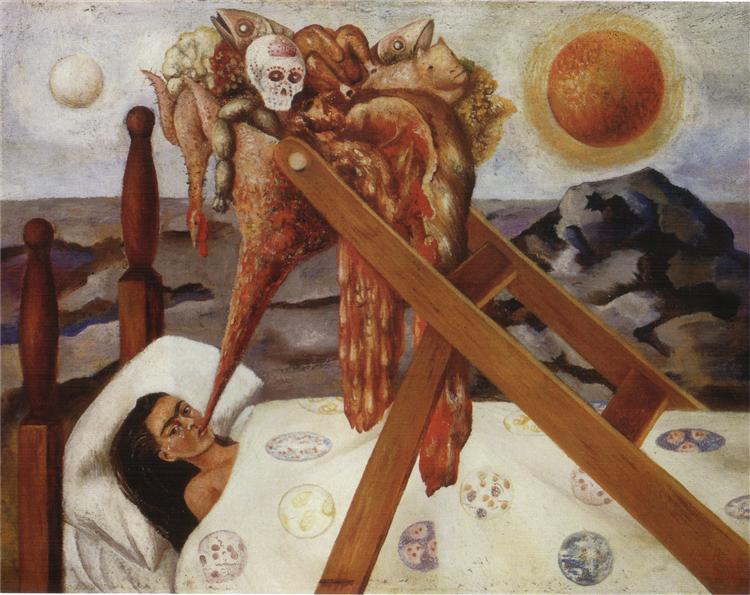mary hope|whitehead|lee
What is the significance of this work to you?
I first became aware of Frida Kahlo in the early 1980s when I saw her image in a mural painted on the east wall of Galería de la Raza in the Mission District of San Francisco. I lived with that image until the early 1990s when I began reading every book and watching every film and documentary I could find, attending lectures and museum exhibitions, and reading about Mexican and Aztec culture and cosmology. The poems I submitted are selected from an unpublished manuscript titled, Frida on My Mind: a biography in poems. I illustrated each poem with a collage I made that was often a mash-up of images from Frida Kahlo’s paintings and other culturally related references. (See also, question #3 below). Unfortunately, I never found a publisher for the collection. Almost all the collages have since been donated to auctions, been given away as gifts, or gone missing during multiple moves. If I still had them, I would have included them with my submission. (In the last three months, I have started creating Frida Kahlo collages again.)
What is the significance of the form you chose for this work?
Frida Kahlo’s life is rich and complex, and her work equally so. Her obra is an autobiography in paintings, hence the title of my unpublished manuscript. I felt compelled to translate her paintings into words and my feelings about them into images. At the time, I did not know that the name for this impulse is the process called Ekphrasis.
What was your process for creating this work?
The poems were created after almost two years of intense research. I spent time with each image, looking at it, learning when it was painted and why, asking who and what was important in Frida Kahlo’s life at the time. There were two other steps. One step involved creating a collage informed by the feelings evoked by a particular painting and informed by the things I was learning about Mexican and Aztec culture and cosmology. The other involved the deck of cards used in the Mexican game Lotería. The latter process was most often used when I was searching for language to translate the painting into words. I used the Lotería cards and their dichos like a Tarot card deck, like an oracle. I used the traditional Celtic Cross spread. And, instead of asking a question as I shuffled and then laid down each card, I held an image of the painting in my mind and all that I had learned about that painting through my research. The cards gifted me with a unique language for sharing the impact that the paintings had on me.
mary hope|whitehead|lee is an active member of the Cardboard House Press Cartonera Collective and, in addition to writing poetry and studying literary translation, she embroiders, is a bead worker and bookmaker, and creates hand-cut collage. Her most widely published poem, “on not bein’” is published in This Bridge Called My Back: Writings by Radical Women of Color. Locally, her work has appeared in Palabrona vol. 1, Write On, Downtown, and the inaugural issue of Little Somethings Press. Nuclear Waste, a deeply personal exploration in poetry and collage of the lived consequences of family violence, is a hand-made cardboard-covered book available for sale at Palabras Bilingual Bookstore in Phoenix, Arizona.
Next (Another Poem on the Wall) >
